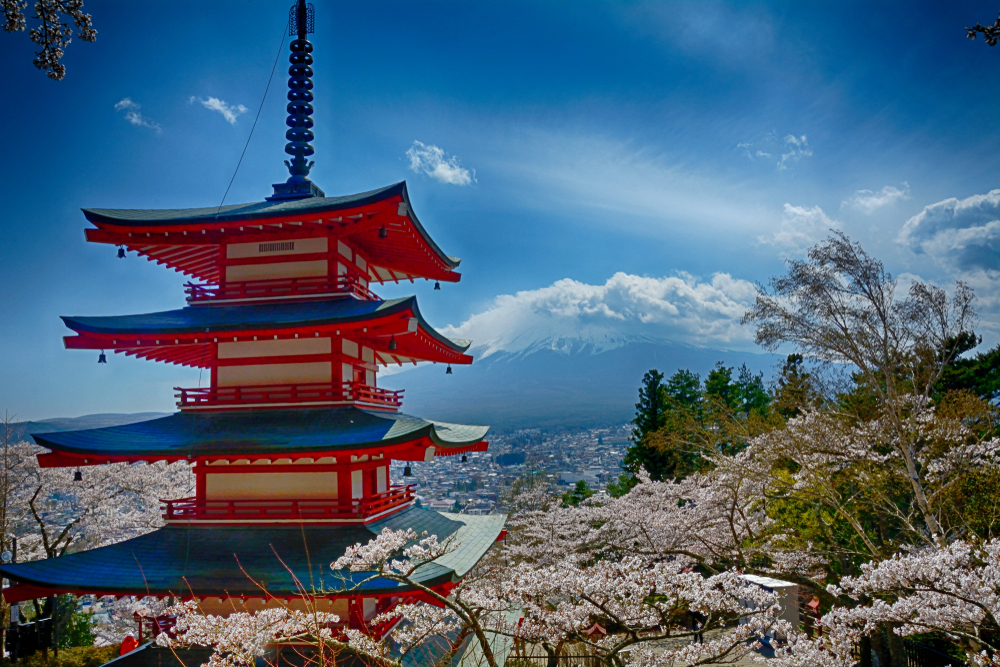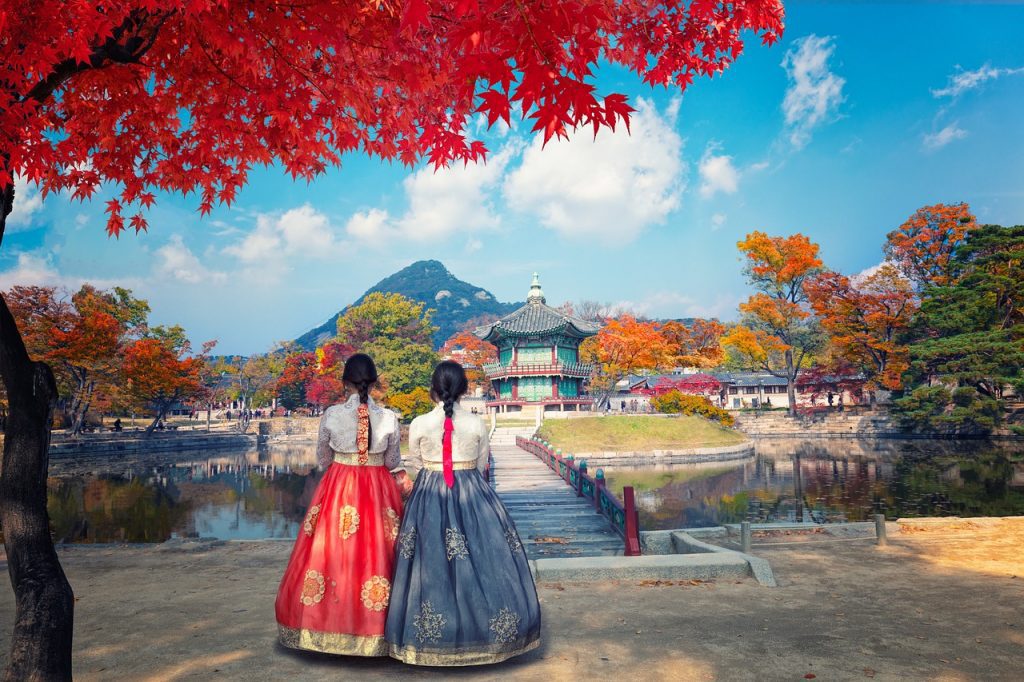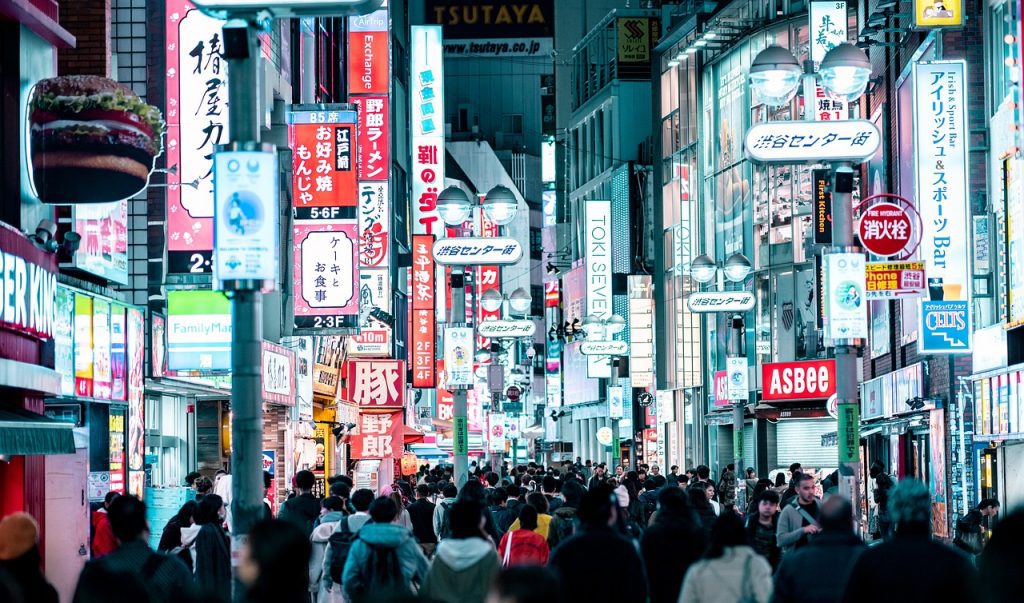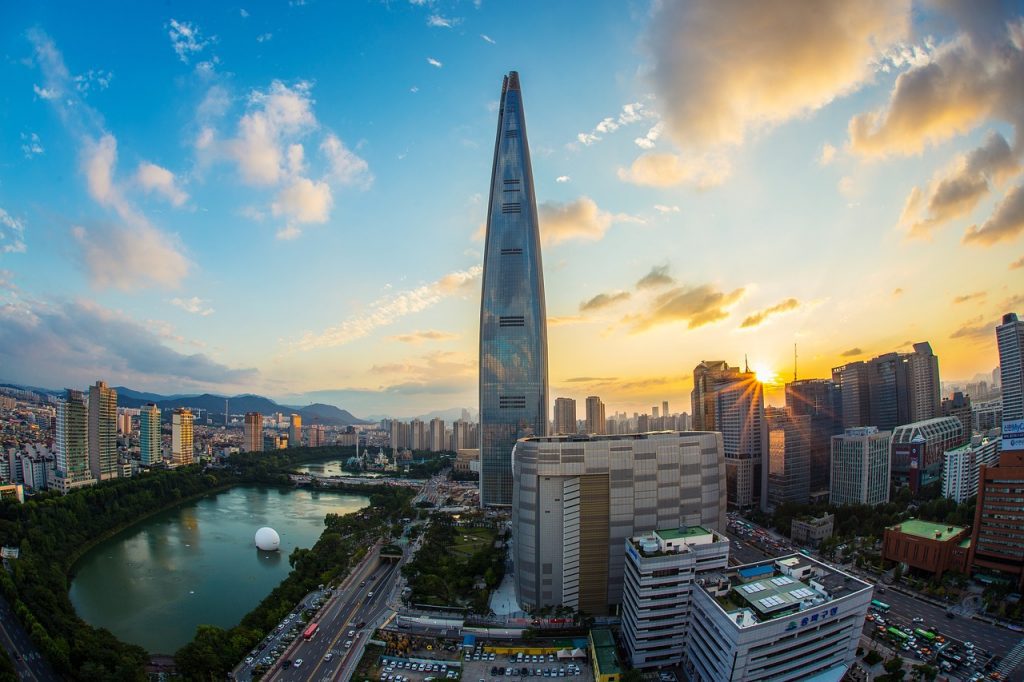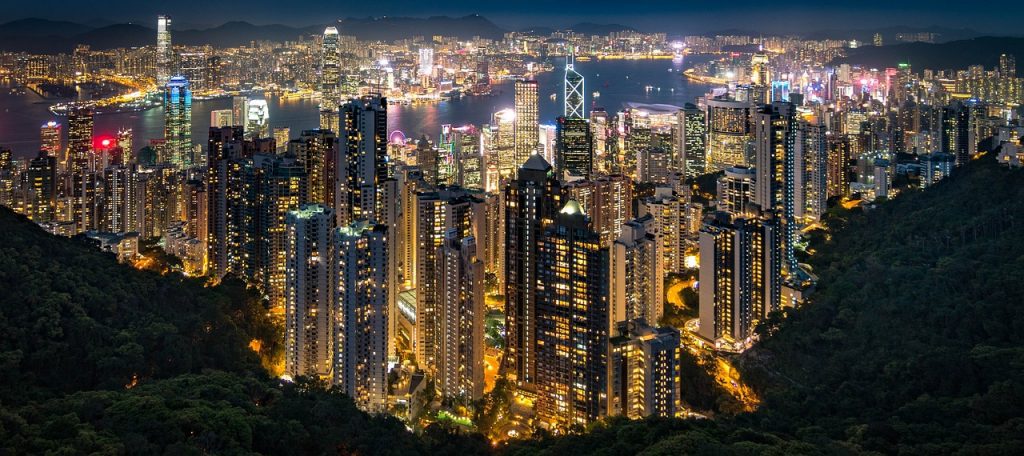The island nation of Japan is diverse with ancient traditions and modern marvels while offering a treasure trove of experiences for travelers. But pinpointing the best time to visit Japan and explore this captivating country requires careful thought about various factors.
Let’s examine the weather, crowds, cultural experiences, and wilderness adventures to help identify the best time to go to Japan. We may discover other key aspects that will help you decide your best time to embark on a Japanese journey.
Visiting Japan based on the Weather
Japan experiences four distinct seasons, each offering its own unique charm. For mild temperatures and blooming cherry blossoms, consider visiting during spring (March to May). Temperatures range from 50-70°F (10-21°C), creating a picturesque backdrop for hanami (cherry blossom viewing). Many consider this the best and perfect time to visit the country.
Here’s a general overview of the temperatures in each season:
- Spring (March to May):
- Spring temperatures range from 50°F (10°C) in March to 70°F (20°C) in May.
- This is one of the ideal times to go to Japan, particularly when the cherry trees are blossoming.
- Summer (June to August):
- Summer temperatures can range from 75°F (24°C) to 95°F (35°C) or higher, especially in July and August.
- This is a good time to visit Japan when looking to explore the mountains and higher elevations.
- Autumn (September to November):
- Autumn temperatures start to cool down, ranging from 70°F (20°C) in September to 50°F (10°C) in November.
- This shoulder season is comfortable for getting out and around the city and even exploring the outdoors.
- Winter (December to February):
- Winter in Japan can be chilly, with temperatures ranging from 30°F (-1°C) in January to 45°F (7°C) in December.
- Most tourist do not travel to Japan during this season unless they have specific reasons because of some cultural or entertainment experience that is scheduled during this timeframe.
Keep in mind that these temperatures are approximate averages, and they can vary depending on the specific region within Japan. Northern regions like Hokkaido experience colder winters, while southern regions like Okinawa have milder winters and warmer summers.
Additionally, Japan’s mountainous terrain can lead to significant temperature variations, especially in the higher elevations. Overall, the spring months of April and early May are probably the most comfortable and considered the best time to go to Japan. Of course, the summer months may be better for those trekking or getting up into the mountains.
Visiting Japan based on Crowds
To enjoy Japan’s wonders without the hustle and bustle, the best time to visit Japan might be during the shoulder seasons of spring (March to May) and autumn (September to November). These months offer a quieter ambiance, allowing you to appreciate iconic landmarks and local gems with fewer tourists around.
These shoulder seasons also allow you to take advantage of the cherry blossoms, however, keep in mind these blossoms are a globally coveted experience, so crowds can still happen in some areas. Battling the crowds to experience one of the most glorious nature displays is worth it.
Discovering Japan’s Cultural Experiences
Immersing yourself in Japan’s rich culture is a highlight of any visit. Attend local festivals, savor traditional cuisine, and embrace the warmth of Japanese hospitality. Events like Gion Matsuri in Kyoto in July and Tanabata in July offer authentic glimpses into the country’s vibrant traditions.
Japan is renowned for its vibrant cultural events that offer a glimpse into its rich heritage and traditions. Here are 10 of the most iconic annual cultural events that take place across the country and become the best time to visit Japan for your journey:
- Cherry Blossom Festivals (Hanami) – Nationwide (March to April): Cherry blossom festivals, known as Hanami, take place throughout Japan from March to April. The exact timing varies depending on the region and the bloom forecast. Parks and temples become adorned with ethereal cherry blossoms, and people gather for picnics and celebrations under the blooming trees.
- Gion Matsuri – Kyoto (July): Gion Matsuri, held annually in July, is Kyoto’s most famous festival. It spans the entire month, with the grand procession, called the Yamaboko Junko, taking place on July 17th. Elaborate traditional floats are paraded through the streets, showcasing Kyoto’s rich cultural heritage.
- Tanabata Festival – Nationwide (July 7th): The Tanabata Festival, also known as the Star Festival, is celebrated on July 7th. People write wishes on colorful strips of paper and hang them on bamboo branches. Festivals and events are held across Japan, with Sendai’s Tanabata Festival being particularly famous.
- Awa Odori Dance Festival – Tokushima (August): The Awa Odori Dance Festival takes place in Tokushima, Shikoku, during the Obon season in August. Locals and visitors alike dance through the streets to traditional folk music, creating a lively and captivating atmosphere.
- Nebuta Matsuri – Aomori (August): The Nebuta Matsuri, held in Aomori during August, is a spectacular summer festival featuring enormous illuminated floats depicting mythical figures and historical scenes. The vibrant parades and energetic dances attract crowds from around the country.
- Kishiwada Danjiri Festival – Osaka (September): The Kishiwada Danjiri Festival is a thrilling event in Osaka held in September. Teams pull elaborately decorated wooden floats, or danjiri, through the streets at high speeds, showcasing both strength and teamwork.
- Jidai Matsuri (Festival of Ages) – Kyoto (October 22nd): The Jidai Matsuri, celebrated on October 22ndin Kyoto, is a historical parade that showcases the evolution of Japanese fashion and culture through the ages. Participants dress in elaborate period costumes, reflecting different eras of Japan’s history.
- Shichi-Go-San (Seven-Five-Three) – Nationwide (November 15th): Shichi-Go-San is a traditional rite of passage for children aged three, five, and seven. Families visit shrines on November 15th to pray for the children’s health and well-being. Children often dress in traditional attire for this meaningful event.
- Tokyo International Film Festival – Tokyo (October/November): The Tokyo International Film Festival (TIFF) is held annually in October or November. It features a diverse lineup of international and Japanese films, attracting filmmakers, actors, and cinephiles from around the world.
- Hatsumode (New Year’s Shrine Visit) – Nationwide (January 1-3): Hatsumode is the tradition of visiting Shinto shrines during the first three days of the new year, from January 1st to 3rd. It’s a time of prayer, purification, and seeking blessings for the year ahead.
These iconic cultural events provide a window into Japan’s deep-rooted traditions, artistic expression, and vibrant celebrations. If you’re planning a visit to Japan, consider aligning your travel dates with these extraordinary festivals to immerse yourself in the heart of Japanese culture.
Exploring Japan’s Wilderness & Nature Experiences
Japan’s natural beauty beckons outdoor enthusiasts. For hiking, exploring national parks, and witnessing autumn foliage, consider visiting during autumn (September to November). The vibrant colors and moderate temperatures create an ideal setting.
If you are going to be exploring some of the more mountainous areas of Japanese wilderness, the summer months (June to August) provide more comfortable temperatures for making ascents in the higher elevations. Climbing Mount Fuji would be best during this timeframe as well.
Other Essential Timing Considerations:
As you consider the best time to visit Japan, here are some other events and activities that may play a part in scheduling your dream vacation.
- Cherry Blossom Season: The cherry blossom season in spring (March to April) is one of Japan’s most iconic and popular times to visit. Plan well in advance if you want to witness these ethereal blooms.
- Golden Week: The “Golden Week” holiday period from late April to early May sees a surge in domestic travel. Book accommodations and transportation early if visiting during this time.
- Obon Festival: Celebrated in August, the Obon Festival is a time when many Japanese return to their hometowns to honor their ancestors. While it’s a culturally rich experience, some attractions might be busier.
- Summer Festivals: Many local matsuri (festivals) take place in summer (July to August). These vibrant events offer traditional performances, street food, and fireworks displays.
- Winter Illuminations: During winter (December to February), many cities in Japan are adorned with stunning light displays, creating a magical atmosphere.
- Ski Season: If you’re interested in skiing or snowboarding, winter (December to February) is the ideal time to hit Japan’s renowned ski resorts.
- Public Holidays: Some attractions might be crowded during Japanese public holidays like New Year’s (January 1-3) and Respect for the Aged Day (third Monday of September).
In conclusion, determining the best time to visit Japan hinges on your preferences and the experiences you seek. Whether you’re captivated by cherry blossoms, traditional festivals, or exploring natural wonders, Japan offers a myriad of possibilities year-round.
By examining the above references, you’ll be well-prepared to embark on a memorable Japanese adventure tailored to your desires and the country’s offerings. There are so many diverse cultural and natural experiences, that picking just one best time to go to Japan is nearly impossible.

